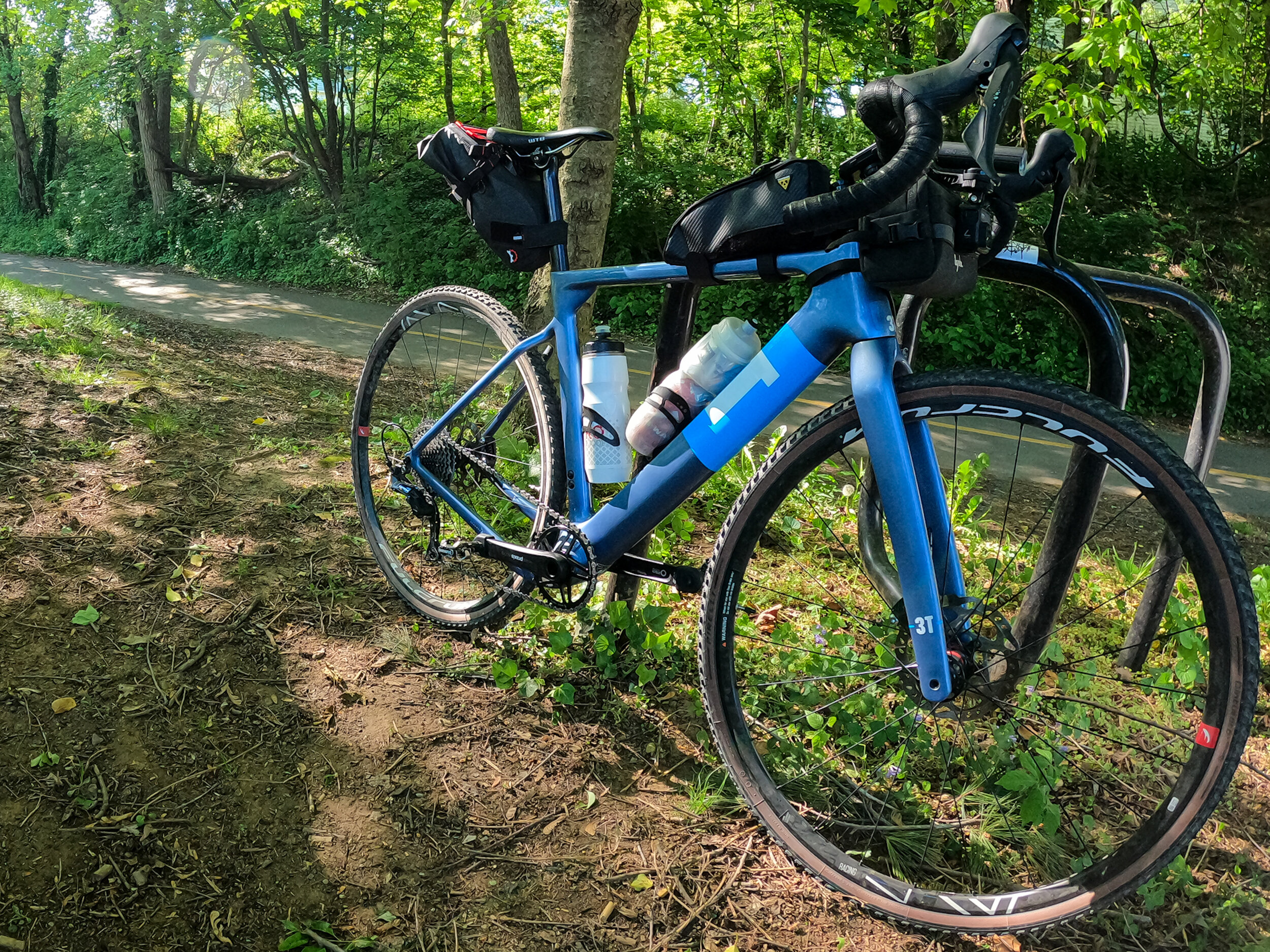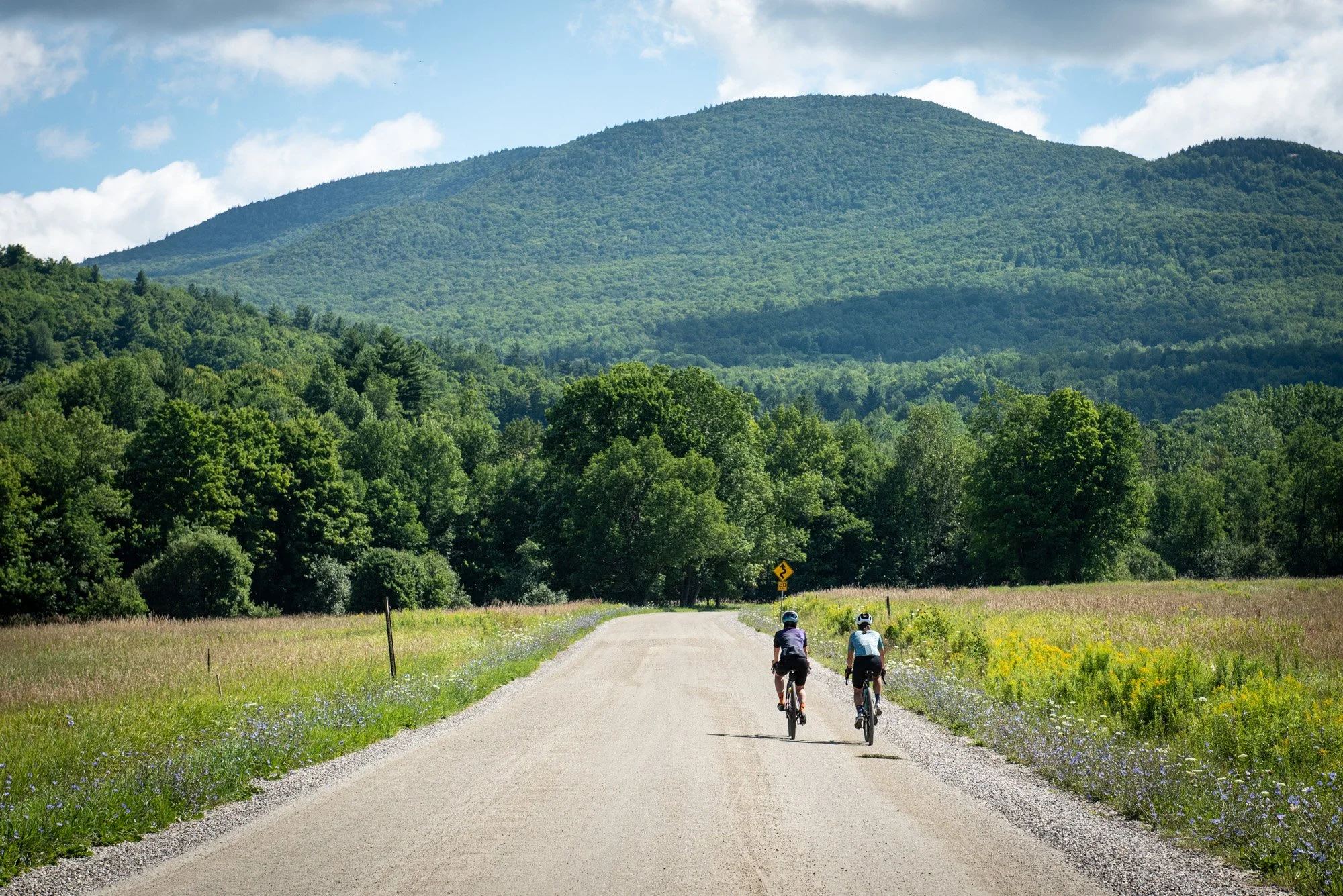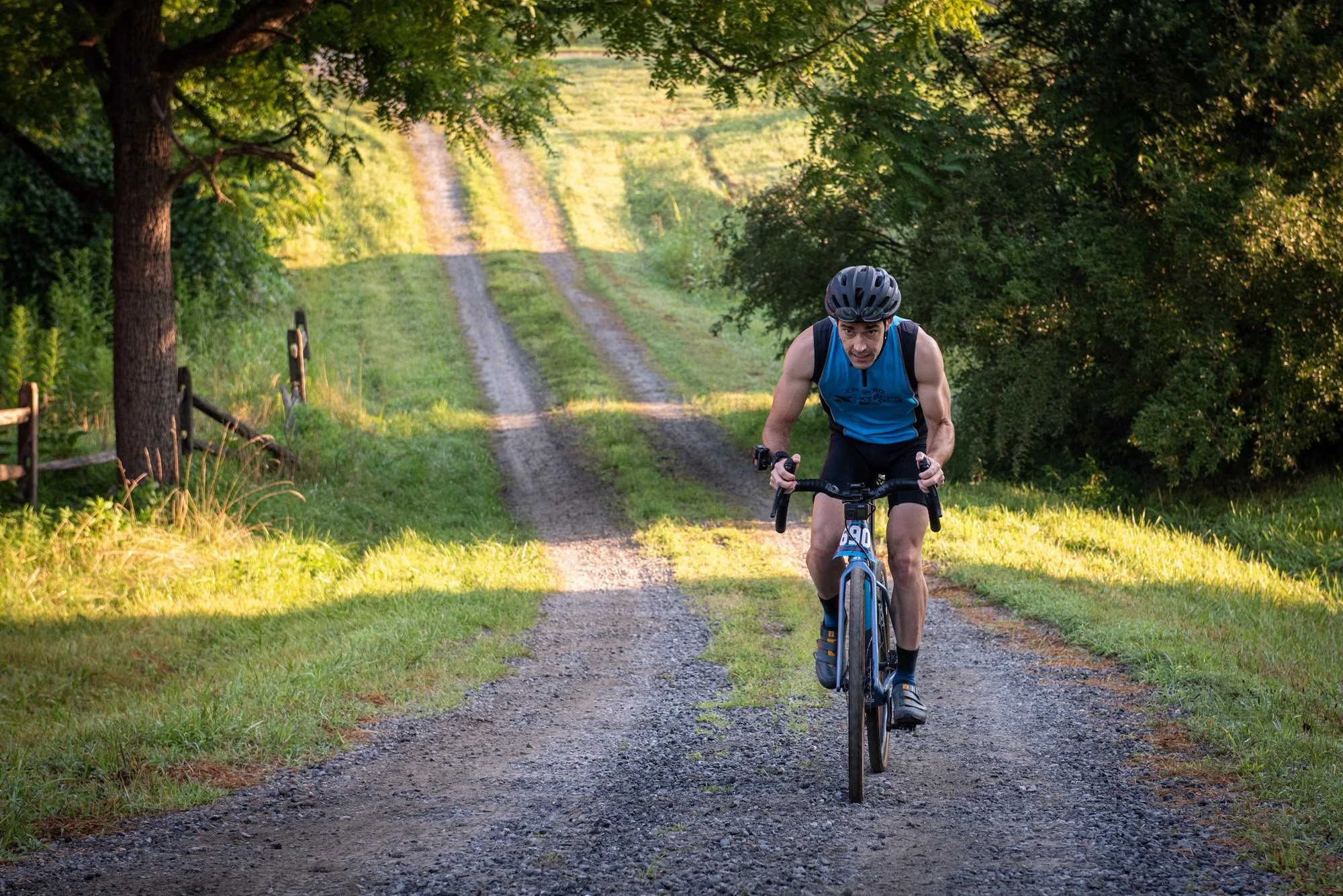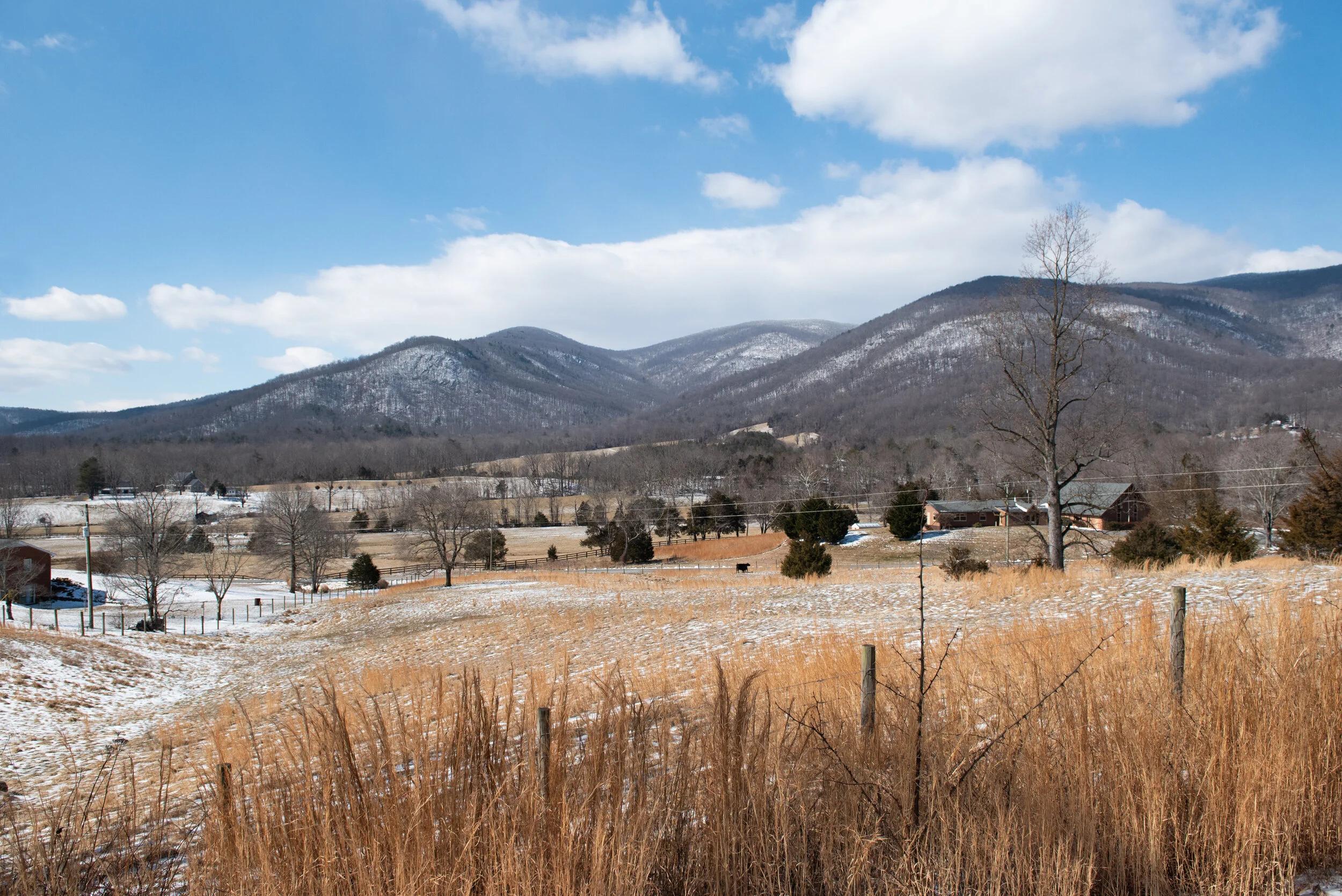Gravel Ride of the Week: Maiden Gravel 100-Miler
Disclaimer: This post contains affiliate links, through which we earn a commission.
Maiden gravel century ride done! Bucket list item checked! I recently completed my very first 100-mile gravel ride, a feat that has always felt extremely daunting, but now ranks high up there on my list of proud accomplishments. The biggest win from this ride is how it helped me redefine what is possible on the bike, basically pushing out the mental barrier that I’ve set for myself all along. Being on a bike for such a long distance is, however, no easy task and requires some careful planning about how to approach the day. In this post, I’ll share with you a few key take-aways from my ride that helped me prepare for an upcoming bikepacking trip. I’ll break this up into three sections: the gear that I used, the nutrition that I consumed and the mental grit that was required to complete the ride. Let’s get started with this latest gravel adventure!
Route
Before we dive into the key take-aways, it’s worth listing some details about the route. I picked the incredible gravel roads of Loudoun County for this significant gravel excursion. I am truly blessed to have such a wonderful gravel playground within easy driving distance and I’ve come to learn just how special this place is, given the vast network of gravel roads. I could easily piece together a route that consisted of almost 90% gravel, which is truly unbelievable, given the proximity to a major metro area.
The route was designed to include two loops, one south (~60miles), and one north (~40miles) of Purcellville in Virginia. I purposefully designed the route in this way, to include a pitstop at the car to allow for supply restocking during the ride (more about this later). There are tons more gravel roads further south that run into Fauquier County, which can easily be added on to this route for further mileage and exploration. Be sure to check out my Aldie, The Plains & Middleburg Gravel Ride of the Week to see what lies south of Purcellville.
Find the full GPS route file for my 100-mile ride here!
Gear
Next up, let’s dig into some of the planning that went into this ride. When going on a longer ride, it becomes increasingly necessary to think about how to carry additional food and/or water on the bike, especially, when training for a bikepacking trip. I wanted to use this century ride to break in a few new pieces of gear before I set off on an even longer journey during the TransVA bikepacking route. The most important part was getting used to some additional bags on the bike. Could I go the distance when the bike was loaded with some extra weight? Well, a 100-mile ride was the perfect opportunity to find out.
I used three types of bags during the day - a handlebar bag, top-tube bag, and a larger saddle bag. The handlebar bag that I used was the Rapha bar bag. This is a bag that I’ve owned for some time, and I’ve gained great appreciation for how well it works. My Rapha bag has surely proved itself repeatedly after accompanying me on a few mountainous gravel rides like Gravelocity and Pantani XV. The position of the bag on the front of the bike places it well within reach, but also nicely out of the way when it comes to pedaling. You’ll be surprised by how much you can fit into this type of bag, and it served as the perfect storage solution for all my food and snacks on the day.
The top-tube bag is a different story. I’ve never really been all that comfortable with using a top-tube bag, since I pedal with my knees closer to the top tube. This is especially true when climbing out of the saddle and I’ve found that with a top-tube bag present, I almost always bang into it while swaying the bike from side to side. On shorter rides, the slight irritation of a rubbing bag is no issue, but over a prolonged period of riding, that small irritation can escalate into a major frustration. I learned this the hard way after trying to ignore the top-tube bag rub for as long as possible during my century ride. After about 50 miles (~80kms) I could no longer stand the small cuts that I was collecting on my knees and decided to stick the top-tube bag into my saddle bag. Fortunately, I had some additional space on that day, but for the actual bikepacking trip this would not work. This experiment with the top-tube bag was a valuable lesson about how important it is to test out a new setup prior to a big ride. Be sure to check your frame’s sizing and your pedaling style before you rely on a top-tube bag storage solution.
The last piece of gear on the list is the Revelate Designs Spinelock (10L) saddle bag. I specifically got this bag for its claimed stability, and in this regard it surely did not disappoint! I’ll provide a full review of this bag in the future, but the initial test ride surpassed all expectations. I did not have it fully loaded on this ride, but overall, the bag proved to be super stable. I could easily forget that I was carrying an extra bag on the back of my bike, and it almost felt as if there was only a small tool-bag strapped to my saddle. The idea of a swaying saddle bag has long been a deterring factor for me when it comes to bikepacking, but this bag’s performance showed that it can be a very enjoyable process when the equipment is well made, and functions as expected.
Nutrition
You can't have a successful 100-miler without planning out how you're going to fuel your ride. Fortunately for me, I am blessed with a wife who spoils me on a daily basis with delicious, nutritious food. In this section, I'm going to provide a breakdown of what I ate throughout the day. I began the day as I always do, with my special homemade latte. To see the process for this, check out our video here. For breakfast, as is the case on most mornings, I ate presoaked granola, topped with banana slices, coconut flakes and raisins. Christin sent me with lots of other delicious homemade snacks for the rest of the day. When I arrived at my starting point, I ate an omelette sandwich. On the bike, I packed three Clif bars and a peanut butter & jelly sandwich on homemade sourdough bread. I made it a point to eat something every hour, to put calories back in. For hydration, I had 2 bottles of Ultima electrolyte replenisher on the bike with me.
The route was planned in such a way that I could stop at the car after mile 60, for a lunch break and a food & beverage refill. I ate 3 slices of pizza topped with chicken, bacon, avocado and feta on sourdough crust, made from scratch. I also had a smoothie, the recipe for which we've shared on the blog and you can check it out here. Christin also added some chocolates to my lunch bag, to make sure I was getting enough sugar. After enjoying all this delicious food, I loaded two fresh bottles of Ultima on the bike and hit the road again.
After the ride, I drank a Garden of Life protein shake. I had an apple when I got home. And for dinner, Christin cooked cheeseburgers, sirloin steak and potato wedges. That's how you fuel for 100 miles! All the high quality, well-balanced food that day ensured that I had enough energy to finish my ride and the next day I felt great, considering how much effort I'd exerted on the bike.
Mental Aspect
The third and final key take-away from my century ride relates to the mental grit that is required to complete a ride of this length. Given that I've maxed out all my gravel rides at around 62miles (100km) in the past, this ride would present a big step-up toward the next level, one that would surely test me on both a physical and mental level. Everyone will be different when it comes to techniques that work to stay mentally engaged throughout a long ride, but I'll provide you with a few things that helped me to make it through my first gravel century.
As mentioned, I broke the route up into two parts with a food pitstop included at exactly the 62mile marker. This gave me an opportunity to load up physically, but also provided an excellent mental break to compartmentalize the full distance into smaller sections. I knew that I was perfectly capable of completing the first 60-mile stretch, and after the stop, I simply told myself that I'm setting off on a mere 40-mile ride. Breaking up the ride in this way really helped to make the full distance feel less daunting.
During the late stages of the ride, I was feeling rather good from a physical standpoint, which made the mental aspect much easier to deal with. The efforts that I was making to stay on top of my nutrition certainly helped to keep me physically strong and in return, my mind remained focused right throughout the ride. If you allow yourself to crack from a physical standpoint, it's so easy for the mind to quickly follow suit. One thing to note in terms of the physical readiness is that my training prior to this ride never exceeded 60-miles. Instead, I was simply relying on my solid endurance base that was built through consistent (and that is the key word) shorter efforts that gave me the fitness that I needed to complete the ride. Whenever my mind started to doubt if I would be able to finish the ride, I simply reminded myself that I had more than enough previous rides "in the bank" to see this bigger one through.
The last thing that helped from a mental standpoint was the deliberate focus on smaller wins or positives that I could latch onto during the ride. This included a real awareness of the beautiful natural surroundings, which created an excitement and drive to want to see what awaited around the next twist or turn. Small things, like an encouraging text message from my wife, reminded me that I have the support of my family, and this created some real inspiration to complete the ride. At one point, I even managed to flip a headwind into a positive, since I knew that it meant that the last part of my loop would cause the wind direction to push me from behind. Every little thing helps, and the more you train your mind to focus on small wins, the less room you give it to spiral into negative or self-doubting internal dialogue.
Wrap-Up
So there you have it! All in all, I can truly say that my first gravel century was a full success, in large part due to a lot of planning around my gear, nutrition and mental outlook. I can’t wait to do it again, two days in a row, for my first bikepacking trip. Stay tuned to hear all about how that adventure unfolded! And tell us, what’s the furthest you’ve ever ridden outdoors on a bike? And what’s your current mental limit? Are you content with a certain distance, or are you aiming to reach further?
- Wiehan


















